What is the capital city of Canada?
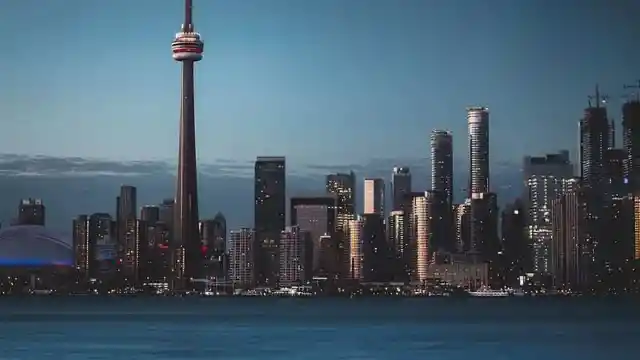

Ottawa is the capital city of Canada. It is located in the province of Ontario, on the Ottawa River. Ottawa was founded in 1826 as a military garrison and became the capital of Canada in 1857. The city is home to the Parliament of Canada, the Supreme Court of Canada, and the National Gallery of Canada. Ottawa is also a major centre for culture, education, and research. Ottawa is a beautiful city with a rich history. The city is home to many historical buildings, including the Parliament Buildings, which are a UNESCO World Heritage Site. Ottawa is also a popular tourist destination, with many attractions to offer visitors, including museums, art galleries, and parks.
How many provinces does Canada have?
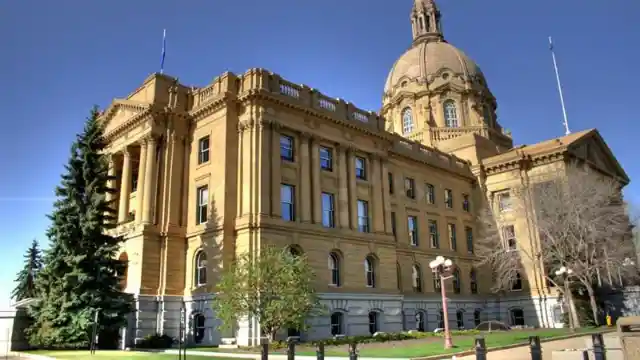
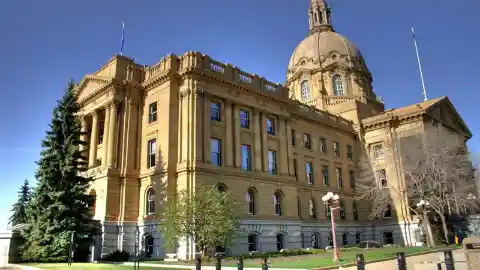
Canada is a federal country, which means that it is divided into provinces and territories. There are 10 provinces in Canada: Alberta, British Columbia, Manitoba, New Brunswick, Newfoundland and Labrador, Nova Scotia, Ontario, Prince Edward Island, Quebec, and Saskatchewan. The provinces are the primary level of government in Canada, and they are responsible for a wide range of responsibilities, including education, health care, and transportation. The provinces are also responsible for collecting taxes and providing services to their residents. The territories of Canada are Yukon, Northwest Territories, and Nunavut. The territories are not as populous as the provinces, and they have less autonomy.
Which ocean is to the east of Canada?
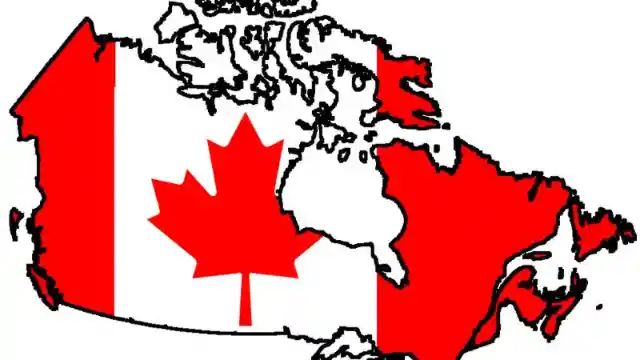
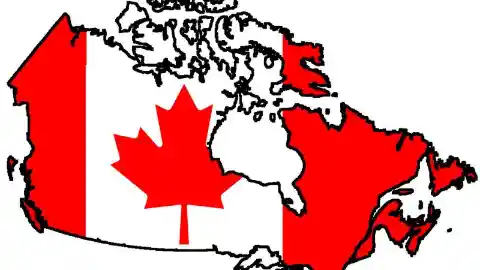
The Atlantic Ocean is to the east of Canada. It is the second largest ocean in the world, after the Pacific Ocean. The Atlantic Ocean is bordered by North America to the west, Europe and Africa to the east, and the Arctic Ocean to the north. The Atlantic Ocean is a major shipping route, and is also home to a variety of marine life. The Atlantic Ocean is divided into several subregions, including the North Atlantic Ocean, the South Atlantic Ocean, the Caribbean Sea, and the Gulf of Mexico. The Atlantic Ocean is a vital resource for many countries, and is used for transportation, fishing, and recreation.
What is Canada's official languages?


Canada is a multilingual country with two official languages: English and French. English is the first language of the majority of Canadians, while French is the first language of a significant minority. Both English and French are used in government, education, and the media. In addition, there are many other languages spoken in Canada, including Indigenous languages, immigrant languages, and languages of new Canadians. The Canadian government recognizes the importance of linguistic diversity and has policies in place to support the use of all languages in Canada. For example, the Official Languages Act of 1969 guarantees the right of all Canadians to use English or French in any dealings with the federal government.
Which country has the longest international land border with Canada?


The United States shares a 5,525-mile-long border with Canada, which is the longest international land border in the world. The border is mostly marked by rivers, lakes, and mountains, and it is crossed by more than 200 bridges and tunnels. The border also includes many national parks and wilderness areas, such as the Boundary Waters Canoe Area Wilderness, Glacier National Park, and Yellowstone National Park. The border is a popular destination for tourists and outdoor enthusiasts, and it is also a major trade route.
What is the world's second-largest country by total area?
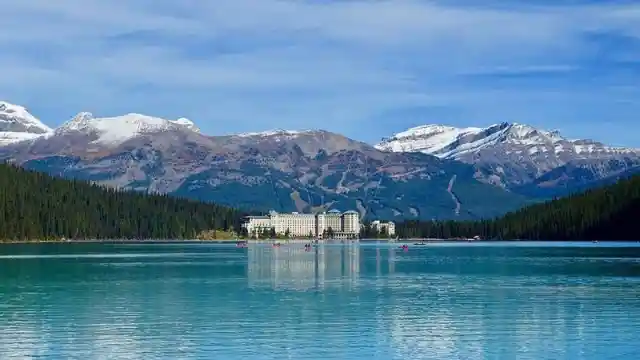
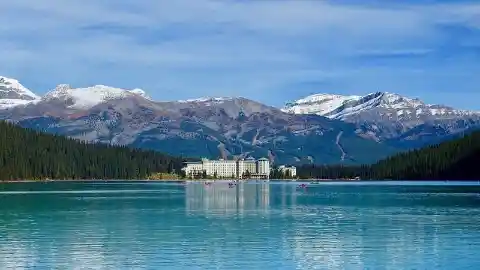
Canada is the second-largest country in the world by total area, after Russia. Canada's total area is 9,984,670 square kilometres (3,855,103 sq mi), of which 9,093,507 square kilometres (3,511,023 sq mi) is land and 891,163 square kilometres (344,080 sq mi) is water. Canada's land area is slightly larger than the United States and slightly smaller than China. Canada's water area is larger than the United States, China, and India combined. Canada's population is about 37 million people, making it the 38th most populous country in the world.
Which city is the largest metropolitan area in Canada?
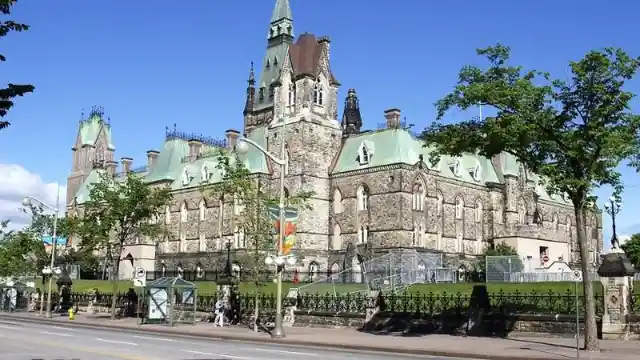
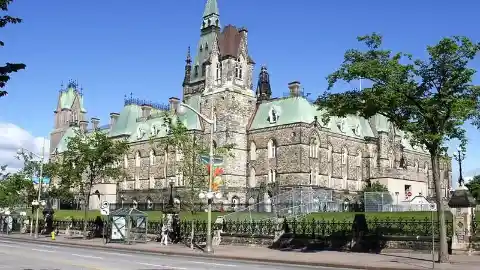
The answer is correct because Toronto is the largest city in Canada and is located in the province of Ontario. The Greater Toronto Area is the most populous metropolitan area in Canada, with a population of over 6 million people. Toronto is a major economic hub in Canada and is home to a diverse population. The city is known for its skyscrapers, museums, and cultural attractions. Toronto is also a major transportation hub, with an international airport and a large network of highways and public transportation.
What year was Canada formed as a federal dominion of four provinces?
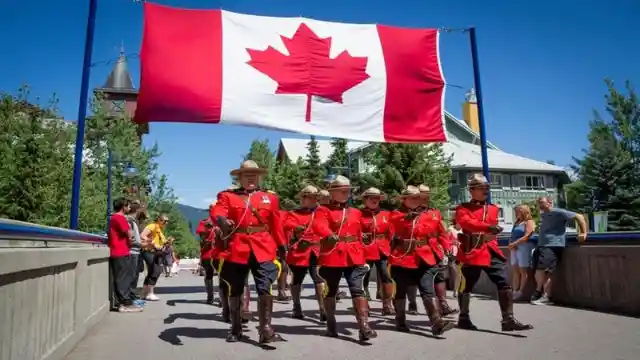
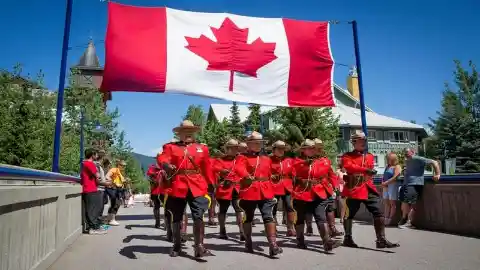
The British North America Act, 1867, also known as the Constitution Act, 1867, is the foundational constitutional document of Canada. It established Canada as a federal dominion of four provinces: Ontario, Quebec, Nova Scotia, and New Brunswick. The Act was passed by the British Parliament on March 29, 1867, and came into effect on July 1, 1867. The Act was the result of a series of negotiations between the British government and the governments of the four provinces. The negotiations were led by John A. Macdonald, the first Prime Minister of Canada. The Act established a federal government for Canada, with a Parliament consisting of a House of Commons and a Senate.
What is the form of government in Canada?
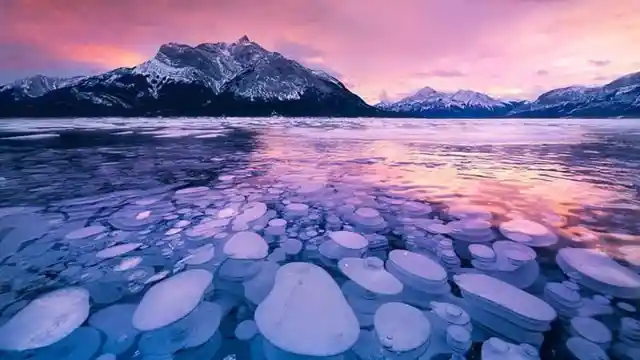

Canada is a constitutional monarchy with a parliamentary democracy. This means that the Queen of Canada is the head of state, but the government is run by a prime minister and a cabinet of ministers who are elected by the people. The Queen's role is mostly ceremonial, but she does have some important powers, such as the ability to appoint the prime minister and dissolve parliament. Canada's government is based on the Westminster system, which is a form of government that was developed in the United Kingdom.
What is Canada's rank in terms of economic competitiveness, innovation and education?
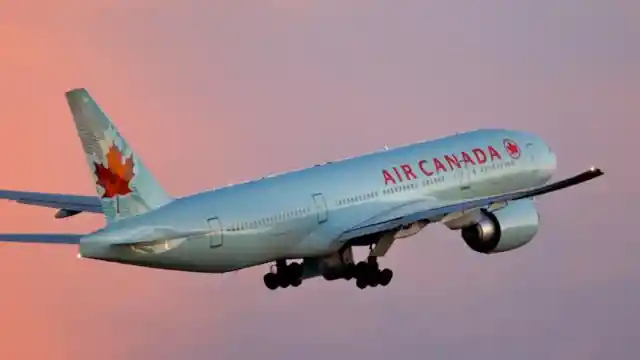

The World Economic Forum ranks Canada as one of the most competitive countries in the world, due to its strong economy, high level of innovation, and high quality education system. Canada has a strong economy, with a high GDP per capita and a low unemployment rate. The country is also a leader in innovation, with a strong focus on research and development. Canada's education system is also highly regarded, with a high literacy rate and a strong focus on STEM education.
What is the world's longest coastline, which is held by Canada?
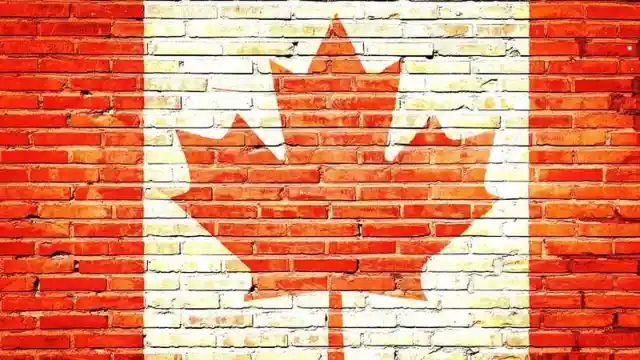
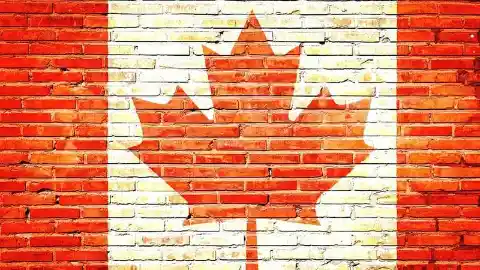
The Arctic Ocean is the world's smallest and coldest ocean, and has the world's longest coastline. It is bordered by Canada, Greenland, Russia, the United States, Norway, Sweden, Finland, and Iceland. The Arctic Ocean has a coastline of 14,000 miles, which is longer than any other ocean in the world. The Arctic Ocean is also the most northerly ocean in the world, and is located entirely within the Arctic Circle. The Arctic Ocean is home to a variety of marine life, including seals, whales, and walruses. The Arctic Ocean is also a major shipping route, and is used to transport goods between Europe and Asia.
Where do the majority of Canada's population reside?
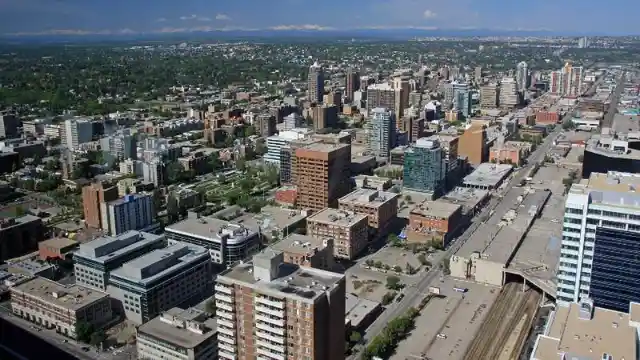
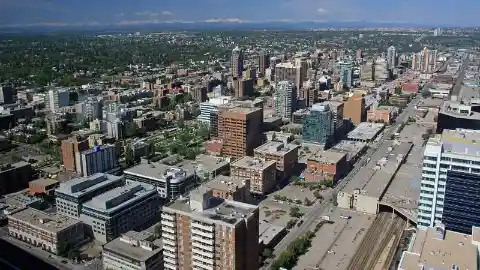
The majority of Canada's population resides in urban areas south of the 55th parallel. This is due to a number of factors, including the climate, the availability of resources, and the history of settlement. The climate in Canada is generally cold and harsh, which makes it difficult to live in rural areas. The majority of the country is also covered in forests, which makes it difficult to build roads and other infrastructure. As a result, most Canadians live in urban areas, where they have access to jobs, services, and other amenities.
Who were the original inhabitants of what is now Canada?


The original inhabitants of Canada were the Indigenous peoples. They have lived on the land for thousands of years and have a rich culture and history. There are over 600 different First Nations, Métis, and Inuit communities in Canada, each with their own unique language, culture, and traditions. Indigenous peoples have faced many challenges over the years, including colonization, assimilation, and discrimination. However, they have persevered and continue to play an important role in Canadian society.
In what year did France cede nearly all of its colonies in North America?
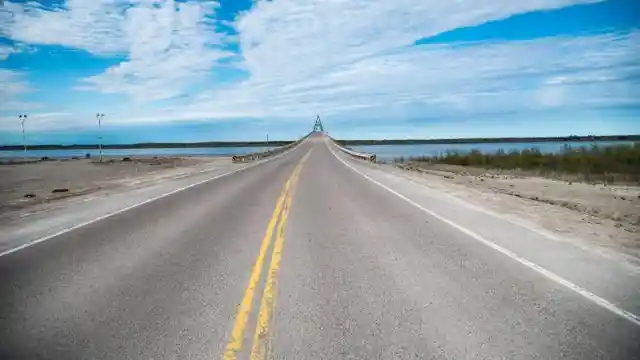
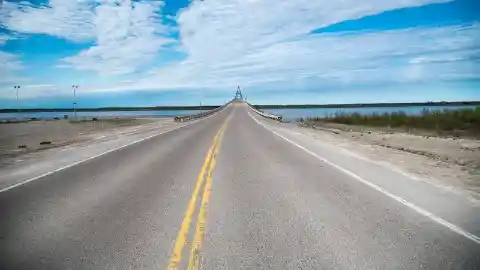
France ceded nearly all of its colonies in North America in 1763 as a result of the Seven Years' War. The war had been fought between France and Britain, and the British had won. As part of the peace treaty, France ceded Canada, Louisiana, and all of its other North American colonies to Britain. This was a major blow to France, as it lost its foothold in North America. The British now controlled the majority of the continent, and France was forced to look elsewhere for colonies.
What is the Statute of Westminster, 1931, significant for in Canada's history?


The Statute of Westminster, 1931, was a British law that gave Canada and other Dominions of the British Empire the right to make their own laws. This increased Canada's autonomy from the United Kingdom and allowed Canada to make its own decisions on foreign policy, trade, and immigration. The Statute of Westminster is considered to be a major milestone in Canada's history as it marked the end of Canada's dependence on the United Kingdom.
Who is the ceremonial head of state in Canada?
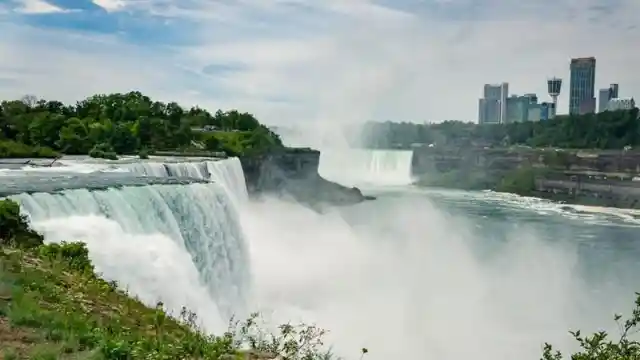
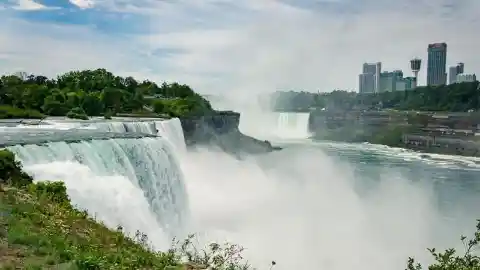
The monarch of Canada is the ceremonial head of state of Canada. The monarch's role is largely symbolic and ceremonial, and they do not have any real political power. However, the monarch does play an important role in representing Canada internationally and in providing a sense of continuity and stability. The monarch is also the head of the Canadian Armed Forces. The monarch of Canada is currently Queen Elizabeth II, who has been the monarch of Canada since 1952. The monarch is represented in Canada by the Governor General, who is appointed by the monarch on the advice of the Prime Minister of Canada.
In what jurisdiction is Canada officially bilingual?
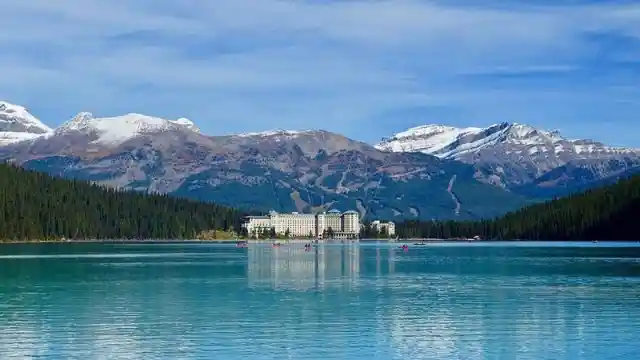
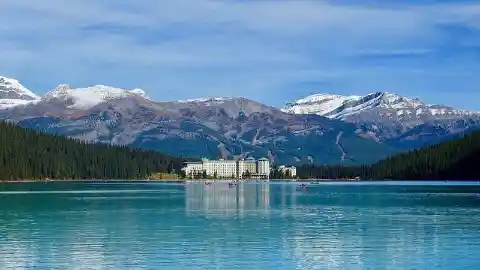
Canada is an officially bilingual country, with English and French being the two official languages. The federal jurisdiction is the only jurisdiction in Canada where both English and French are official languages. This means that the federal government is required to provide services in both English and French, and federal laws are required to be published in both languages. In addition, the federal government is required to promote bilingualism in Canada. The other two jurisdictions in Canada, the provinces and territories, are not required to provide services in both English and French. However, many provinces and territories do provide services in both languages, and some have even declared themselves to be officially bilingual.
What is one of the main factors for Canada's high nominal per capita income?
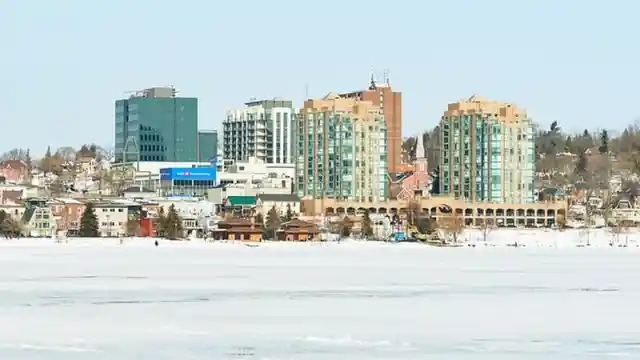
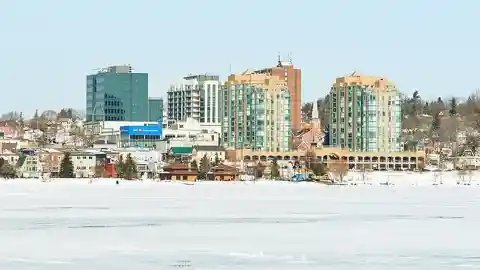
Canada's abundant natural resources are one of the main factors behind its high nominal per capita income. The country has a large amount of oil, gas, minerals, timber, and water. These resources have been a major source of wealth for the country, and have helped to support its high standard of living. Canada is also a major exporter of natural resources, and its exports account for a large portion of its GDP. In addition, Canada's natural resources have helped to attract foreign investment, which has also contributed to the country's economic growth.
How is Canada recognized in international affairs?
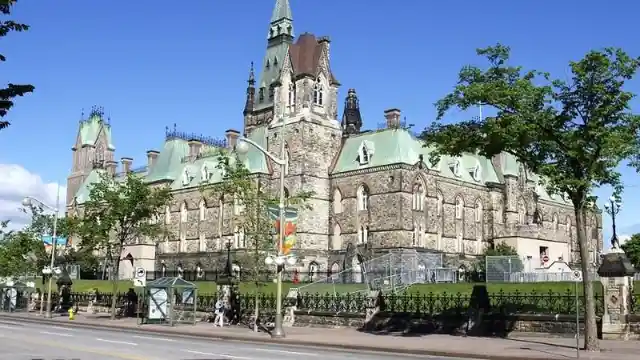
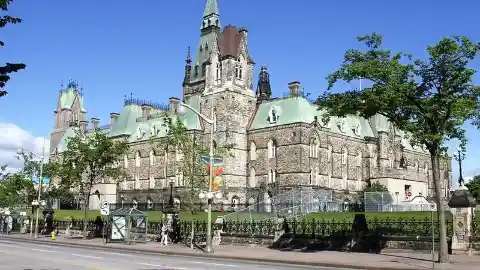
Canada is recognized as a middle power in international affairs because it has a relatively strong economy and military, but is not a superpower like the United States or China. Canada's middle power status gives it the ability to play a role in international affairs, but it also means that Canada must be careful not to overextend itself. Canada has a long history of peacekeeping and diplomacy, and it is often seen as a reliable and trustworthy partner in international affairs.
What has had a significant influence on Canada's global image?
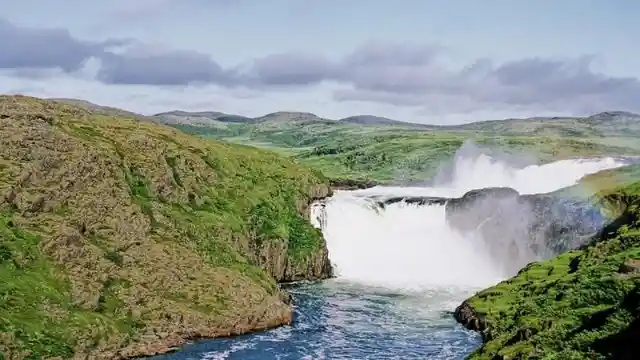
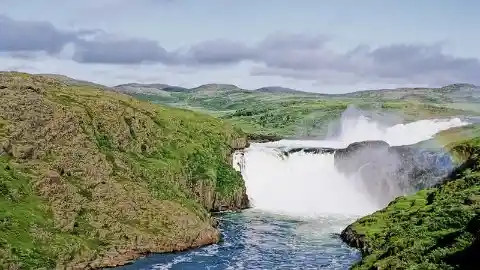
Canada's peacekeeping role during the 20th century has had a significant influence on its global image. Canada is known for its commitment to peace and its willingness to help resolve conflicts peacefully. Canada has been involved in many peacekeeping missions around the world, and its peacekeepers have earned a reputation for being professional and impartial. Canada's peacekeeping role has helped to promote its image as a peaceful and cooperative country.
Who represents the monarch of Canada, the ceremonial head of state?
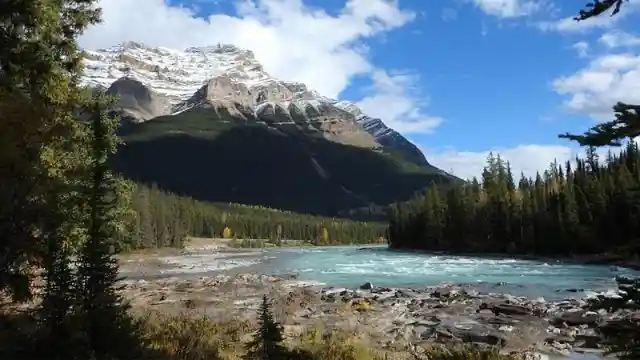
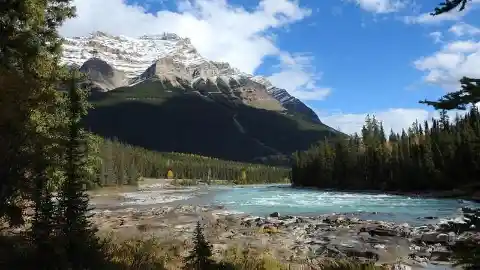
The Governor General of Canada is the representative of the monarch of Canada, the ceremonial head of state. The Governor General is appointed by the Queen on the advice of the Prime Minister of Canada. The Governor General is responsible for carrying out the duties of the monarch in Canada, such as signing bills into law, opening and proroguing Parliament, and appointing and dismissing the Prime Minister and other members of the government. The Governor General also represents Canada at international events and is the commander-in-chief of the Canadian Armed Forces.
Which tradition does Canada's parliamentary democracy and constitutional monarchy follow?


Canada's parliamentary democracy and constitutional monarchy follow the Westminster tradition, which is a type of government that is based on the British system of government. This tradition is characterized by a prime minister who is chosen by the majority party in the legislature and who is responsible for appointing the cabinet. The prime minister is also the head of government, while the monarch is the head of state. This system of government has been in place in Canada since 1867, when the country became a self-governing dominion of the British Empire.
How is Canada recognized in terms of government transparency?
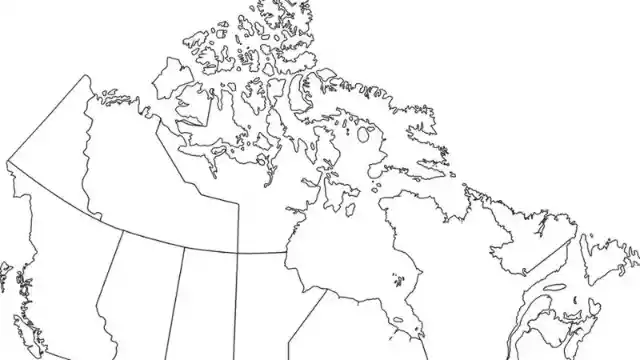
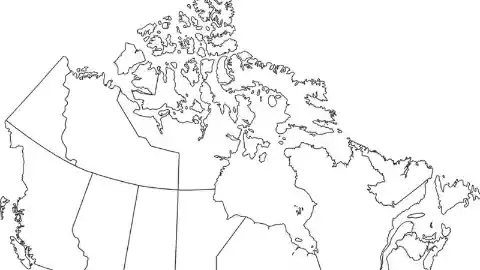
Canada is recognized as a highly transparent country, ranking 10th in the world in the 2021 Corruption Perception Index, which measures the perceived level of corruption in the public sector. The country has a number of laws and regulations in place that promote transparency, including a Freedom of Information Act that allows citizens to access government information. Canada also has a number of independent oversight bodies that monitor the government and ensure that it is accountable to the public.
Which city in Canada is the third largest metropolitan area?
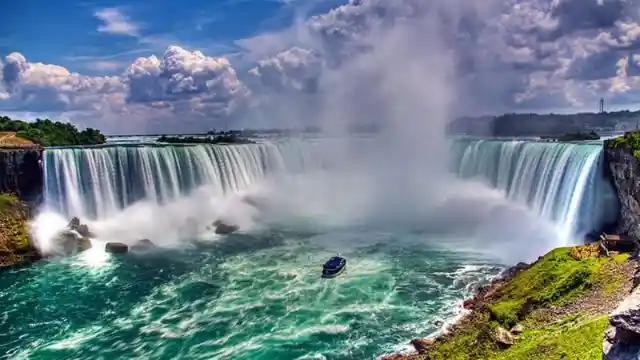
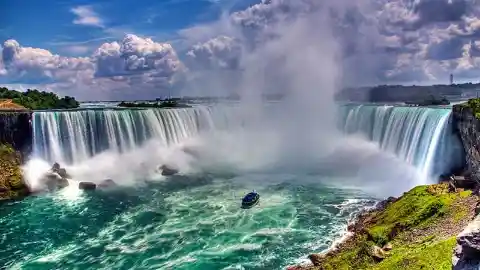
Vancouver is the third largest metropolitan area in Canada after Toronto and Montreal. It is the most populous city in British Columbia and the fourth most populous city in Canada. Vancouver is located on the west coast of Canada, on the southern tip of Vancouver Island. It is bordered by the Pacific Ocean to the west, the Strait of Georgia to the north, and the Fraser River to the east. Vancouver is a major port city and is home to a large number of international corporations. It is also a popular tourist destination, known for its mild climate, beautiful scenery, and many outdoor activities.
Which act in 1982 severed Canada's legal dependence on the Parliament of the United Kingdom?
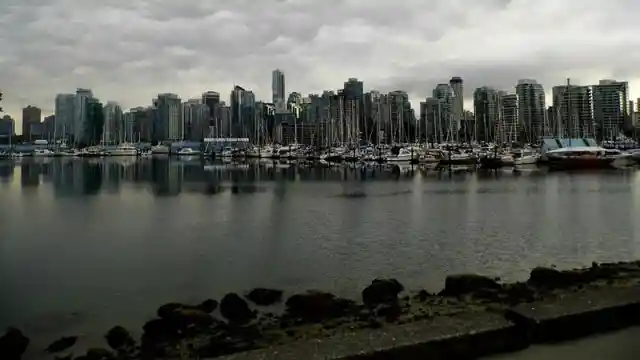
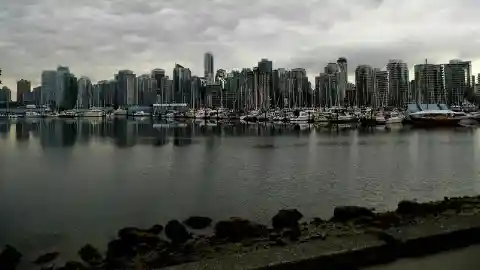
The Canada Act 1982 (UK) is an Act of the Parliament of the United Kingdom that severed Canada's legal dependence on the Parliament of the United Kingdom. It was passed by the British Parliament at the request of the Government of Canada, and came into force on 17 April 1982. The Act transferred responsibility for the amendment of Canada's constitution from the British Parliament to the Canadian Parliament and the provincial legislatures. It also declared that the Canadian Charter of Rights and Freedoms is part of the Constitution of Canada.
What is Canada's geographical feature that is the world's longest?
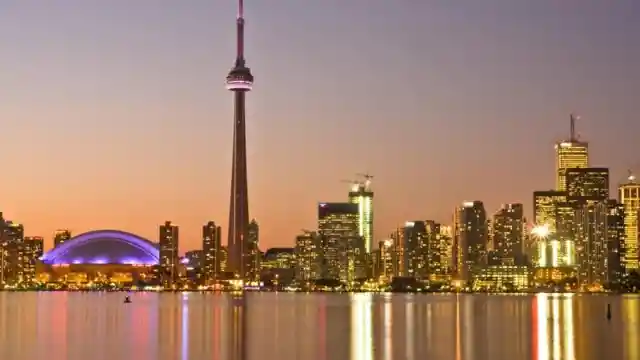
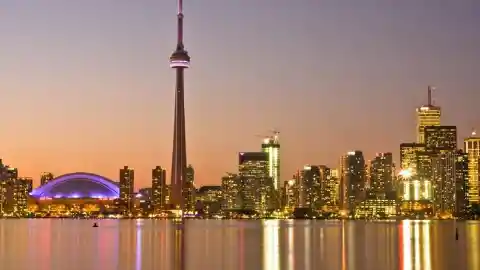
The coastline of Canada is the longest in the world, stretching over 200,000 kilometers. This is due to the country's vast size and its position on the North American continent. The coastline is also very diverse, ranging from the rocky shores of the Pacific Ocean to the sandy beaches of the Atlantic Ocean. The coastline of Canada is home to a variety of ecosystems, including forests, grasslands, and wetlands. It is also home to a variety of wildlife, including whales, seals, and seabirds. The coastline is also a popular destination for tourists, who come to enjoy the scenery, the wildlife, and the many recreational activities that are available.
Where is the majority of Canada's population located?
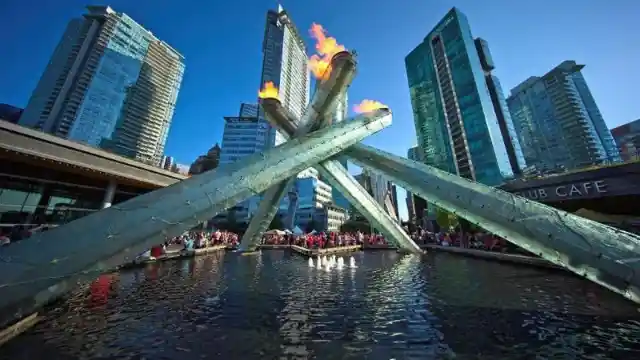
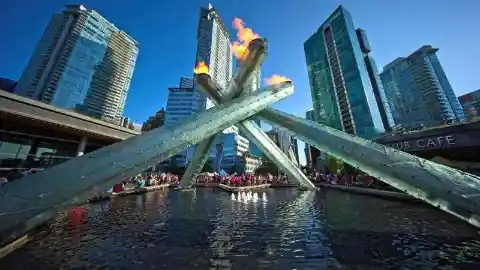
Canada is a large country with a population of 37 million people. The majority of Canadians live in the southern part of the country, south of the 55th parallel. This is because the climate is milder in the south, and there are more opportunities for economic development. The population is also more concentrated in urban areas, such as Toronto, Montreal, and Vancouver. The northern part of Canada is much more sparsely populated. This is due to the harsh climate, which makes it difficult to live and work in the north. The north is also home to many indigenous peoples, who have their own unique cultures and ways of life.
What is one of the main factors contributing to Canada's high nominal per capita income?
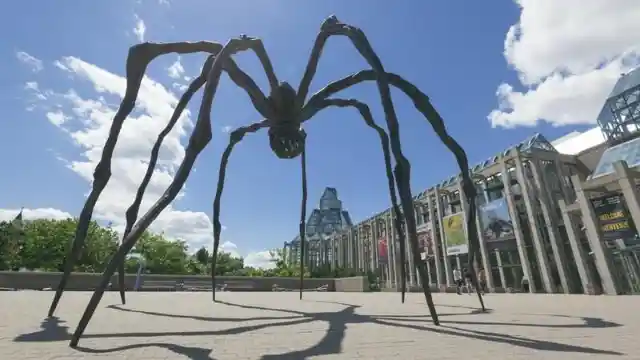
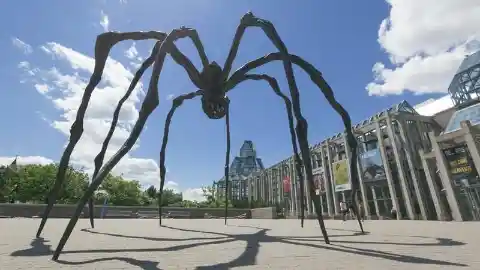
Canada has a high nominal per capita income because of its abundant natural resources and well-developed international trade networks. Canada has a large land area with a variety of natural resources, including oil, gas, minerals, timber, and water. These resources are used to produce a variety of goods and services, which are then exported to other countries. Canada's trade networks are well-developed, and the country has a strong relationship with the United States, its largest trading partner. This trade relationship helps to ensure that Canada has access to a large market for its goods and services.
Who were the first people to inhabit what is now Canada?


Indigenous peoples are the original inhabitants of Canada, and their ancestors have lived on the land for thousands of years. There are many different Indigenous groups in Canada, each with their own unique culture and history. Some of the largest groups include the First Nations, Inuit, and Métis. Indigenous peoples have made significant contributions to Canadian society, and their culture and traditions are an important part of the country's heritage.
What is the world's longest international land border?


The Canada–United States border is the world's longest international land border. The border separates Canada from the United States, and is the longest contiguous land border in the world, stretching 8,891 kilometres (5,525 mi). The border is marked by a series of signs, fences, and walls, and is patrolled by both Canadian and American border guards. The border was established in 1818, and has been the subject of several disputes over the years.
Which city is known as Canada's "Hollywood North"?


Vancouver is known as Canada's "Hollywood North" because it is a popular filming location for many Hollywood movies and television shows. The city has a diverse landscape, including mountains, forests, beaches, and urban areas, which makes it a versatile location for filming a variety of different types of projects. Vancouver also has a strong film industry, with many production companies and studios located in the city. In addition to its natural beauty, Vancouver also offers a number of other advantages to filmmakers, such as a skilled workforce, a favorable tax climate, and a strong infrastructure. As a result, Vancouver has become one of the most popular filming locations in the world, and it is home to many major Hollywood productions.
Which Canadian province is the largest by land area?
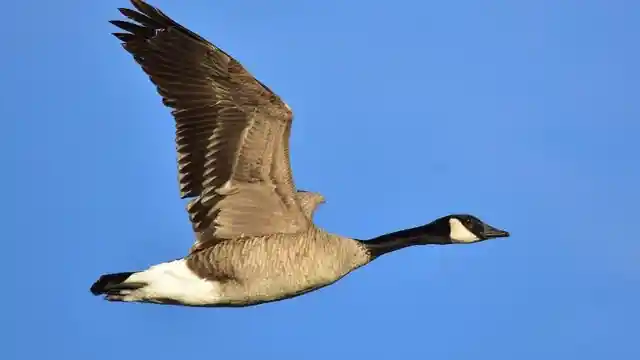
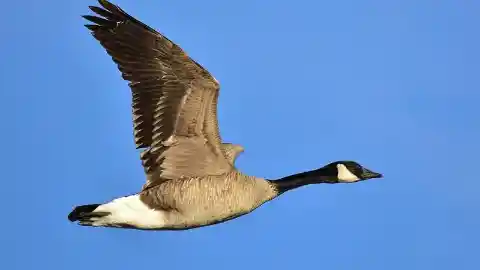
Quebec is the largest province in Canada by land area, covering an area of 1,542,056 km2 (595,391 sq mi). It is also the second-most populous province, with a population of 8,551,805 as of the 2016 census. The province is bordered by Ontario to the east, the Atlantic Ocean to the southeast, Newfoundland and Labrador to the east, the Gulf of St. Lawrence to the south, New Brunswick to the southeast, and the United States to the south and west. Quebec's capital is Quebec City, and its largest city is Montreal. Quebec is a diverse province, with a population that includes French Canadians, English Canadians, Aboriginal peoples, and immigrants from around the world. The province's official languages are French and English.
What is the national animal of Canada?
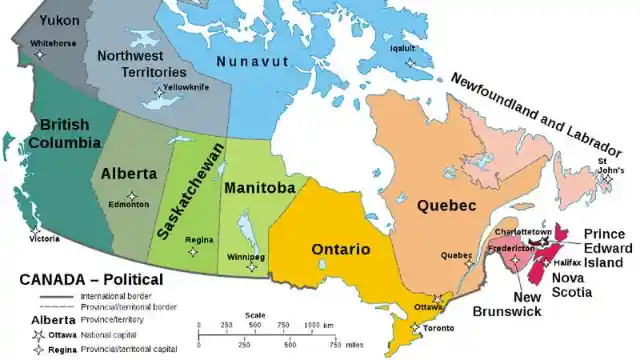
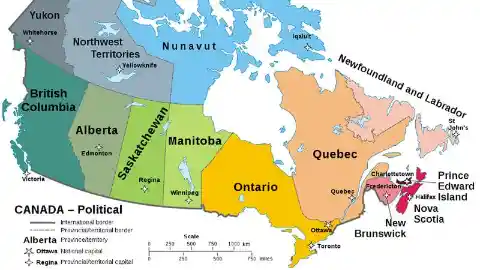
Canada is home to a diverse range of wildlife, but the beaver is perhaps the most iconic animal in the country. Beavers are large rodents that are found in North America, Europe, and Asia. They are known for their ability to build dams, which they use to create ponds and wetlands. Beavers are also important for the environment, as they help to regulate water flow and provide habitat for other animals. In 1975, the beaver was designated as the national animal of Canada.
What is the national winter sport of Canada?
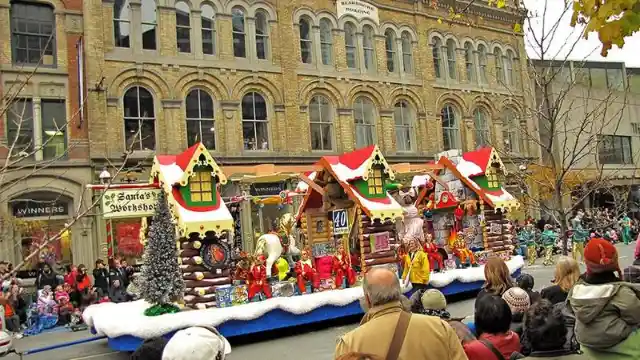

Ice hockey is a fast-paced game that requires a lot of speed, agility, and strength. It is a team sport, with two teams of six players each on the ice at a time. The object of the game is to score goals by shooting the puck into the opposing team's net. The game is played on a frozen rink, and the players use ice skates to move around. Ice hockey is a popular sport in Canada, and it is the national winter sport of the country.
Which Canadian city is known for its famous "Underground City"?


Montreal's Underground City is a network of tunnels and pedestrian walkways below the city of Montreal, Quebec, Canada. It is the largest underground city in the world, with an area of 32 km2 (12 sq mi) and more than 1,600 entrances. The Underground City is home to over 2,000 shops, restaurants, hotels, and offices, and is used by an estimated 500,000 people each day. The Underground City was originally developed in the 1960s as a way to connect the city's major transportation hubs, such as the Central Station and the Place des Arts. Since then, it has expanded to include a variety of other amenities, such as a shopping mall, a movie theater, and a skating rink.
Who was the first Prime Minister of Canada?
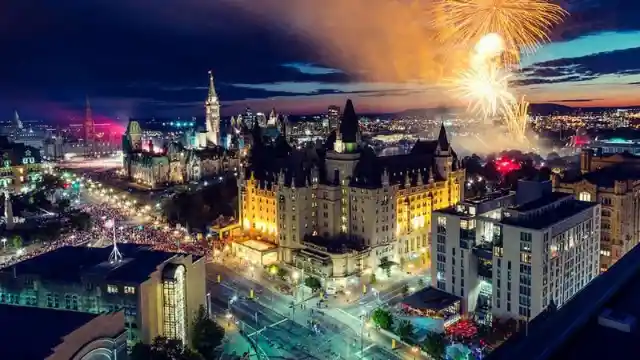
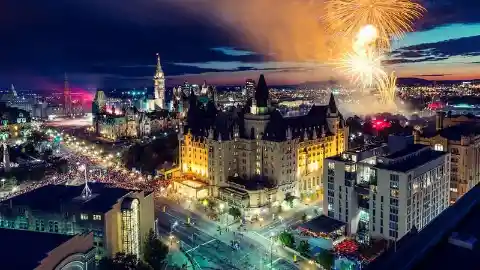
John A. Macdonald served as the first Prime Minister of Canada from 1867 to 1873, and again from 1878 to 1891. He is considered one of the most important figures in Canadian history, and is credited with helping to create the country as we know it today. Macdonald was born in Scotland in 1815, and emigrated to Canada in 1820. He studied law and was admitted to the bar in 1836. He became involved in politics in the 1840s, and was elected to the Legislative Assembly of the Province of Canada in 1844. He served as Attorney General for Upper Canada from 1848 to 1851, and as Premier of the Province of Canada from 1857 to 1862.
What is Canada's largest island?
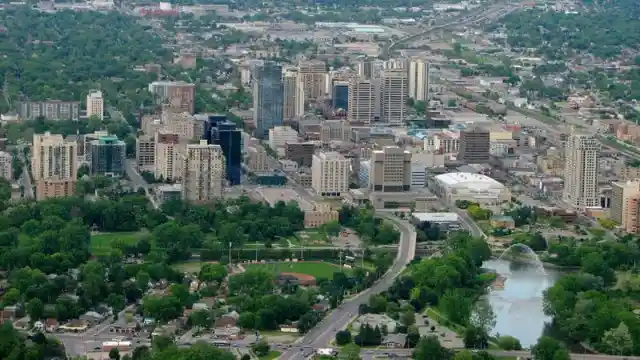
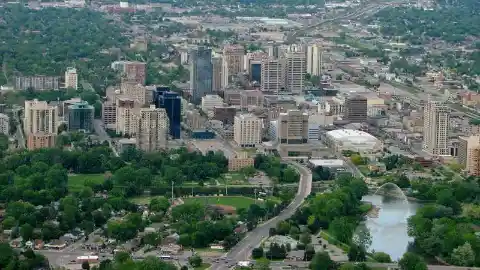
Baffin Island is Canada's largest island and the fifth largest island in the world, covering an area of 507,091 square kilometres (195,923 sq mi). It is located in the Arctic Archipelago off the northeastern coast of Canada, separated from the mainland by Hudson Strait. The island is named after William Baffin, an English explorer who sailed to the island in 1616. The majority of Baffin Island is uninhabited, with the population of about 11,000 people living in the southern part of the island. The island is home to a variety of wildlife, including polar bears, caribou, and Arctic foxes. Baffin Island is also home to the Inuit people, who have lived on the island for thousands of years.
What is the highest mountain in Canada?
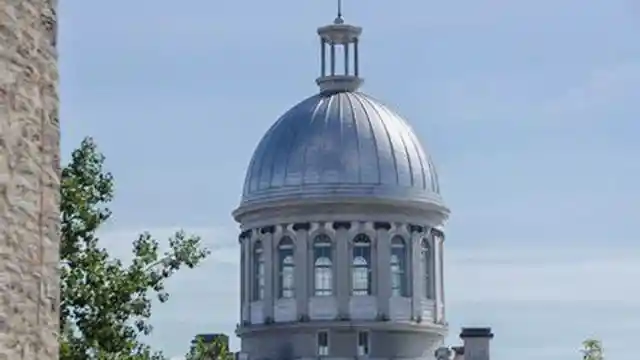

Mount Logan is located in the Yukon Territory of Canada and is the highest mountain in Canada and the second highest mountain in North America. Mount Logan is also the highest mountain on the North American continent that is located completely within one country. Mount Logan is part of the Saint Elias Mountains and is located near the border with Alaska. Mount Logan was first climbed in 1925 by a team led by Albert H. MacCarthy.
What is the most common religion in Canada?
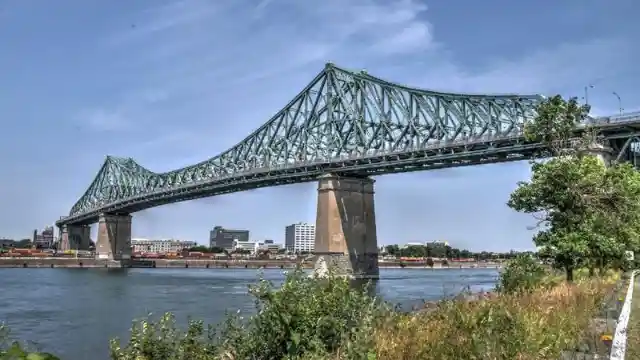
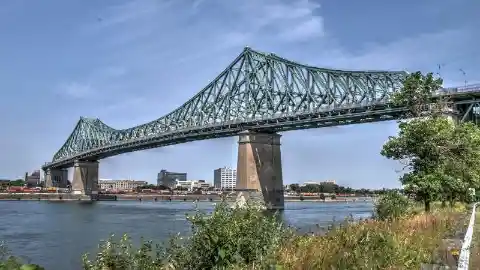
The most common religion in Canada is Christianity, with about 77% of the population identifying as Christian. The majority of Christians in Canada are Roman Catholics (43%), followed by Protestants (24%). Other Christian denominations include Anglicans, Baptists, Lutherans, and Methodists. There are also small numbers of Eastern Orthodox Christians and Mormons. The remaining 23% of Canadians identify with other religions or no religion. Christianity has been the dominant religion in Canada since the country's founding. The first European settlers were mostly Christian, and they brought their religion with them. Christianity continued to grow in Canada as more and more immigrants arrived from Europe.
Which Canadian city is known for its vibrant multiculturalism and is the most populous city in the country?
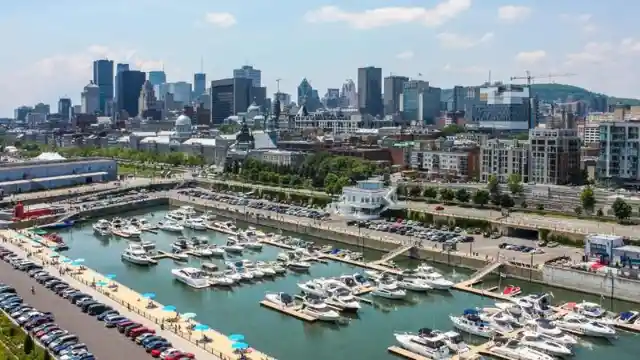

Toronto is the most populous city in Canada, with a population of over 2.8 million people. It is located in the province of Ontario, and is the economic and cultural center of the country. Toronto is known for its vibrant multiculturalism, with people from all over the world calling it home. This diversity is reflected in the city's culture, cuisine, and festivals. Toronto is also a major economic hub, and is home to many multinational corporations.
What is the name of Canada's indigenous people who have inhabited the land for thousands of years?

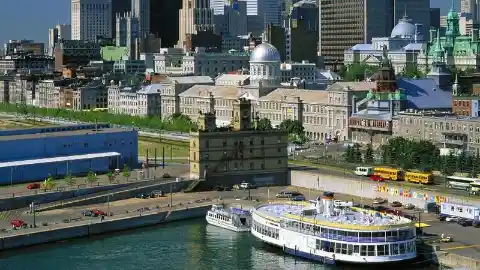
Aboriginal Peoples are the indigenous people of Canada who have inhabited the land for thousands of years. The term Aboriginal Peoples includes First Nations, Métis, and Inuit peoples. First Nations are the original inhabitants of Canada, and they have a long and rich history in the country. Métis people are the descendants of First Nations people and European settlers, and they have their own unique culture and identity. Inuit people are the indigenous people of the Arctic, and they have a distinct culture and way of life. Aboriginal Peoples have faced a lot of challenges over the years, including discrimination and oppression.
Canada has a significant role in which international peacekeeping activity during the 20th century?
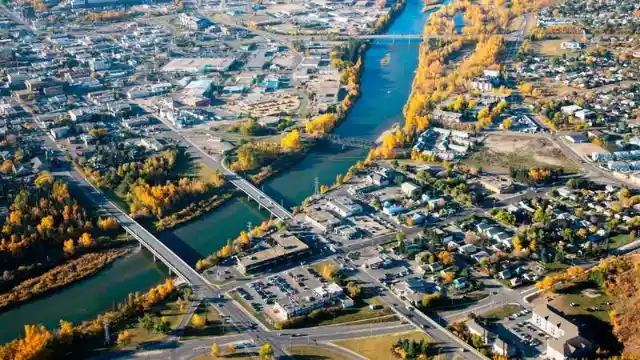
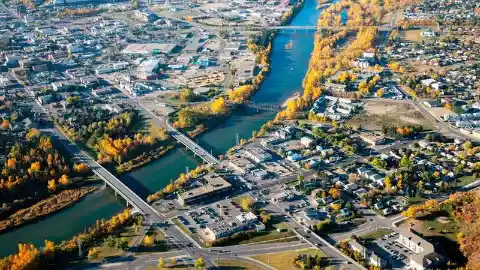
Canada has a significant role in peacekeeping missions during the 20th century. The country has participated in more than 60 UN peacekeeping missions, and has contributed troops, police officers, and civilian staff to these missions. Canada has also played a leadership role in peacekeeping, and has served as the commander of several UN peacekeeping missions. Canada's peacekeeping efforts have helped to maintain peace and stability in many conflict zones around the world, and have contributed to the development of international peacekeeping norms and practices.
Canada is officially bilingual, which two languages are recognized at the federal level?
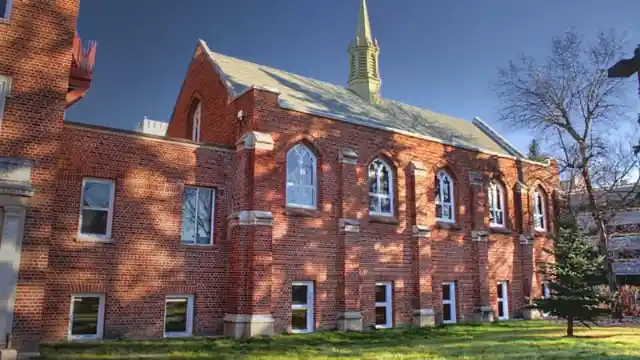
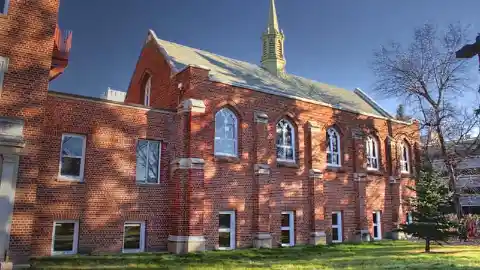
Canada is officially bilingual, which means that both English and French are recognized at the federal level. This is reflected in the country's constitution, which states that "English and French are the official languages of Canada and have equality of status and equal rights and privileges as to their use in all institutions of the Parliament and government of Canada." The Canadian government has a number of policies in place to promote bilingualism, including providing services in both languages, hiring bilingual employees, and encouraging the use of both languages in the media. Bilingualism is seen as an important part of Canadian identity, and it is something that is celebrated by many Canadians.
Who holds the position of the ceremonial head of state in Canada?
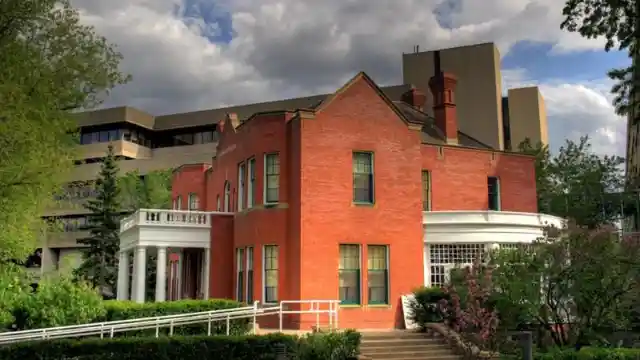
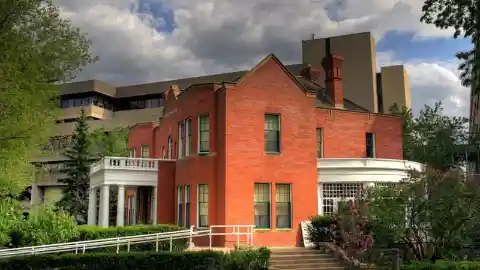
The monarch of Canada is the ceremonial head of state of Canada. The monarch's role is largely symbolic, and the real power lies with the prime minister and the cabinet. The monarch is represented in Canada by the governor general, who is appointed by the monarch on the advice of the prime minister. The governor general performs a variety of ceremonial functions, such as opening parliament and granting royal assent to bills.
What is the name of the act that ended Canada's legal dependence on the UK Parliament in 1982?
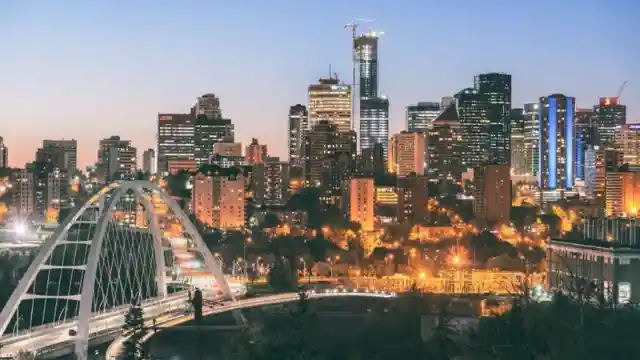
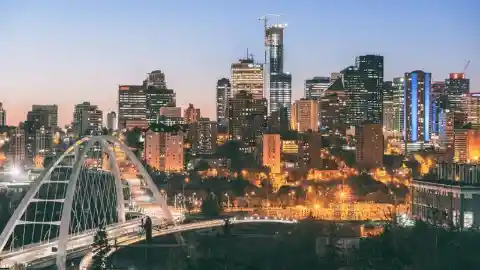
The Canada Act 1982 () is an Act of the Parliament of the United Kingdom that brought the Constitution of Canada into effect. The Act was passed by the British Parliament at the request of the Government of Canada, and it ended Canada's legal dependence on the UK Parliament. The Act also granted Canada the authority to amend its own constitution, subject to certain conditions. The Act was the culmination of a long process of constitutional reform in Canada. The first step was the adoption of the British North America Act, 1867, which created the Dominion of Canada. This Act was amended several times over the years, but it remained a British statute.
Which ocean is located to the west of Canada?
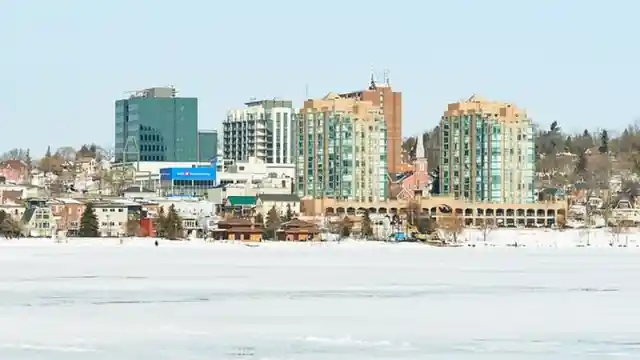
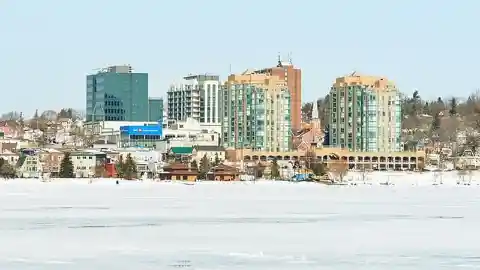
The Pacific Ocean is located to the west of Canada and is the largest ocean in the world. It covers over one-third of the Earth's surface and is bordered by North America, South America, Asia, Australia, and Antarctica. The Pacific Ocean is home to a wide variety of marine life, including fish, whales, dolphins, and sea turtles. The Pacific Ocean is also a major source of food and minerals for humans.
What is the world's longest international land border that Canada shares with another country?
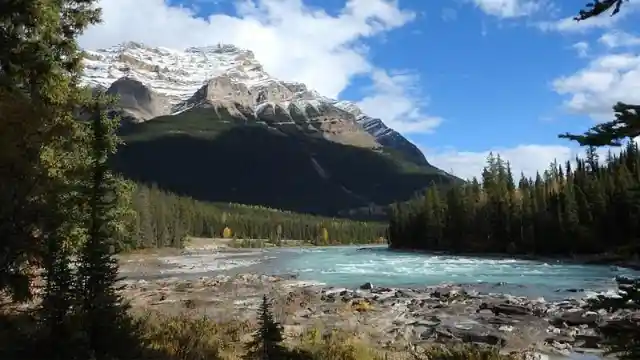
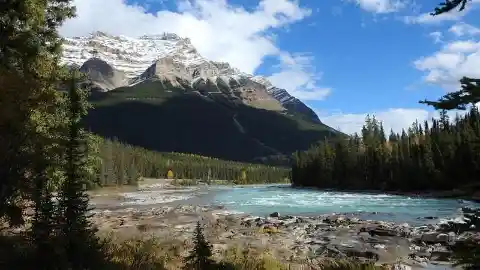
The Canada–United States border is the world's longest international land border, stretching 8,891 kilometres (5,525 mi) from the Atlantic Ocean in the east to the Pacific Ocean in the west. It is also the longest undefended border in the world, with only a few checkpoints. The border is marked by a variety of structures, including fences, walls, and markers. The border is also crossed by a number of roads, railways, and pipelines. The Canada–United States border is a significant economic and cultural link between the two countries.
Canada is recognized as a middle power for its role in international affairs, what does this mean?
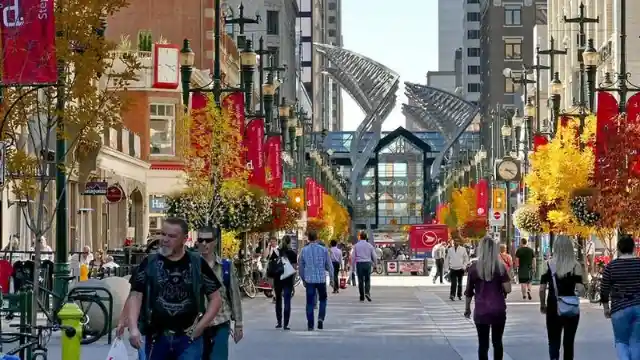
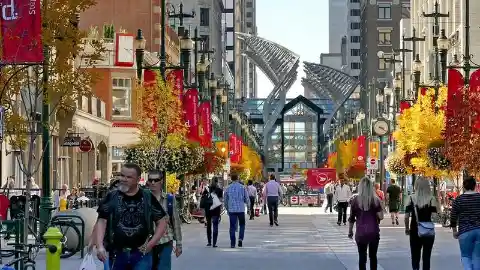
Canada is recognized as a middle power for its role in international affairs because it pursues multilateral solutions. This means that Canada works with other countries to find solutions to international problems, rather than taking unilateral action. Canada's commitment to multilateralism is reflected in its membership in a number of international organizations, including the United Nations, the North Atlantic Treaty Organization (NATO), and the Organization of American States (OAS). Canada also plays a significant role in peacekeeping operations and other international efforts to promote peace and security.
What is the primary reason for Canada's high nominal per capita income globally?
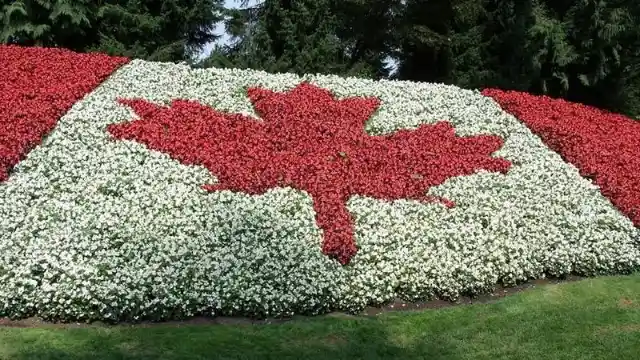
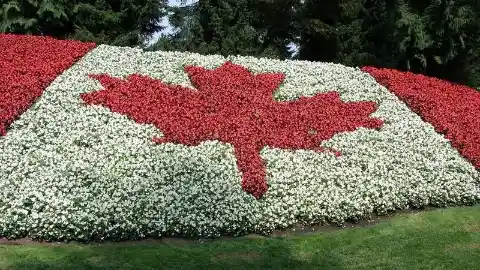
Canada's high nominal per capita income is primarily due to its advanced economy and abundant natural resources. The country has a strong manufacturing sector, which produces a wide range of goods, including automobiles, machinery, and chemicals. Canada also has a large and diversified service sector, which includes financial services, telecommunications, and transportation. The country's natural resources include oil, gas, minerals, and timber. These resources provide a significant source of revenue for the government and help to support the country's high standard of living.
Which Canadian city is often referred to as "Hollywood North"?
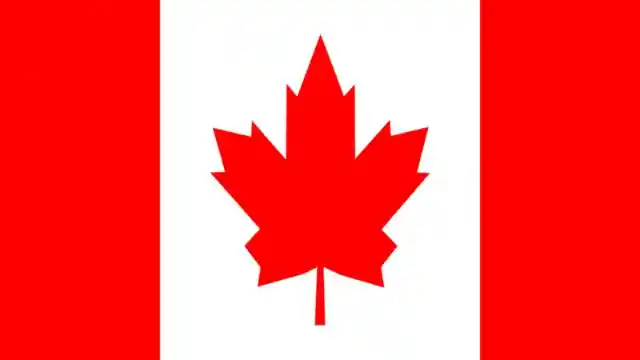
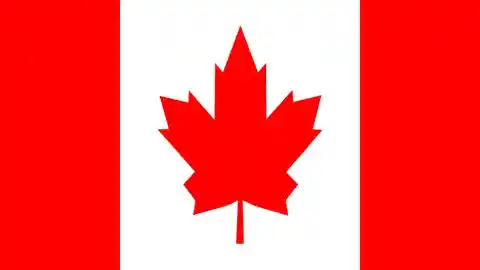
Vancouver is often referred to as "Hollywood North" because it is a popular location for filming movies and television shows. The city has a diverse landscape, with mountains, forests, beaches, and cityscapes, which makes it a versatile location for filmmakers. Vancouver also has a large and experienced film industry, which makes it easy for filmmakers to find the resources they need. In addition, Vancouver is a relatively affordable city to live in, which makes it an attractive option for filmmakers on a budget. As a result of all these factors, Vancouver has become a major hub for the film industry in North America.